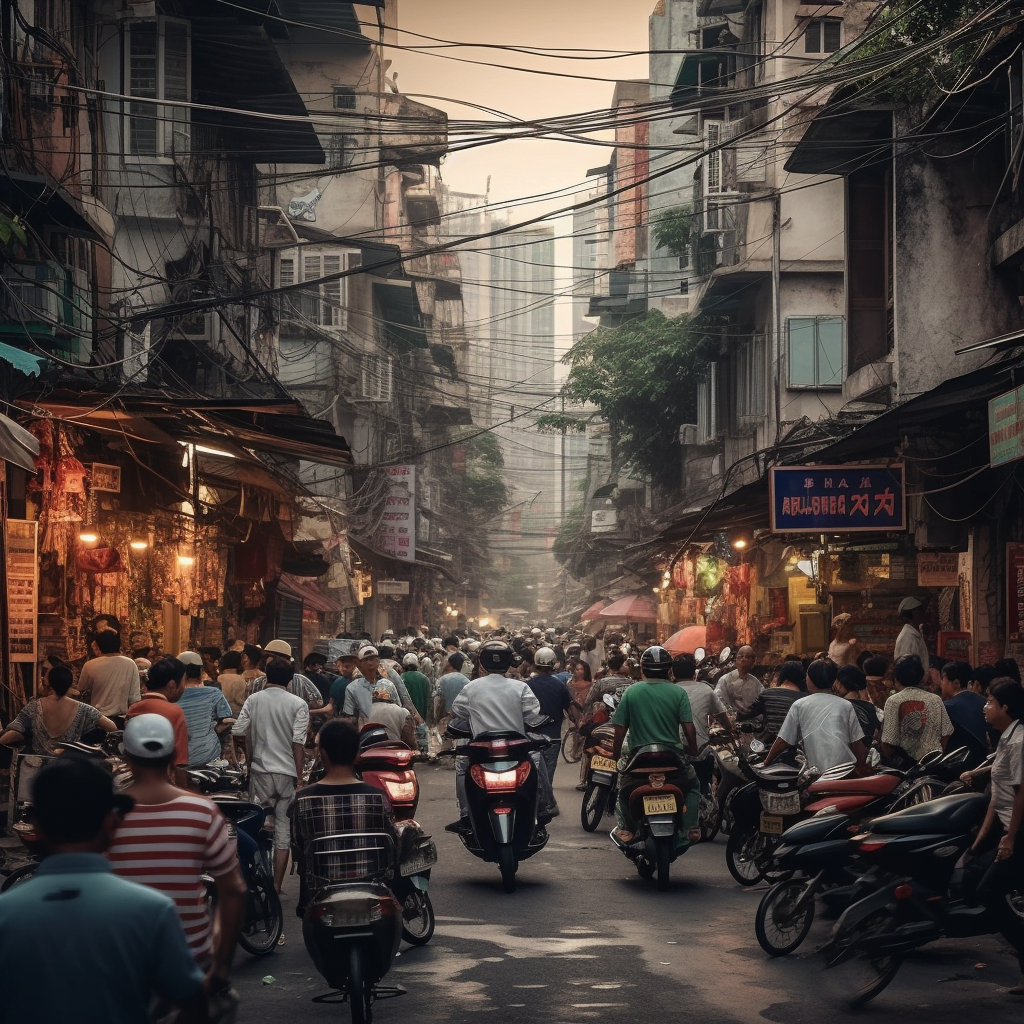
In psychology, a macrosystem is the culture a person lives within. It falls under the ecological systems theory created by Urie Bronfenbrenner. It’s one of the five environmental systems which a person interacts with during their life, including microsystems, macrosystems, mesosystems, ecosystems, and chronosystems.
The macrosystem envelopes the entire culture a person exists within. Yay.
Unraveling the Intricacies of the Macrosystem
Think of the macrosystem as a giant umbrella that covers every aspect of life in a specific culture. This big brolly is the backdrop to the social drama that unfolds on the smaller stages of microsystems, mesosystems, and ecosystems. So when a person is part of a culture, it’s like they’re playing a role in a grand production with the macrosystem as the set design and stage directions.
Why the Macrosystem Matters in Psychology
The macrosystem is a vital concept in understanding human development because it helps explain how culture influences people’s thoughts, emotions, and behaviors. Cultural norms, values, and beliefs can be like a secret sauce that adds flavor to life experiences, affecting how people interpret and react to different situations.
In addition, the macrosystem can help explain why people from different cultures may react differently to the same circumstances. It’s like two people tasting the same dish but describing the flavors differently because they have different taste buds. Each person’s “taste buds” have been shaped by their unique cultural background.
The Components of a Macrosystem
The macrosystem is made up of several components that combine to create the cultural atmosphere of a society. Here are a few ingredients that make up this delightful cultural stew:
- Values and Beliefs: These are the guiding principles that determine what a culture considers important, right, or wrong. They’re like the spices that give a dish its unique flavor.
- Laws and Policies: The rules and regulations of a society help define its boundaries and expectations. Think of these as the recipe that everyone in a culture follows.
- Customs and Traditions: These are the practices passed down from generation to generation, like a cherished family recipe that gets tweaked and perfected over time.
- Language: The way people communicate with one another in a culture is like the utensils used to cook and eat a meal. Different languages can offer different ways of expressing thoughts, emotions, and ideas.
- Social Institutions: The organizations, schools, and government structures that help shape and maintain the cultural framework are like the kitchen appliances that assist in creating the perfect meal.
Real-Life Examples of the Macrosystem at Work
Now that the basics of the macrosystem have been explained, let’s dive into some real-life examples to see how it can influence human behavior.
Example 1: Education Systems
In some cultures, formal education is highly valued and considered a necessary stepping stone to success. In such societies, there’s often a strong emphasis on academic achievement and pressure to perform well in school. This cultural belief can shape the way people approach learning and view their own potential.
In contrast, other cultures may prioritize skills learned through practical experience, informal learning, or apprenticeships. People in these societies might not see formal education as the only path to success, and as a result, their approach to learning and personal development may be different.
Example 2: Gender Roles
The way a culture defines gender roles can significantly impact people’s lives. For instance, in some societies, women are expected to focus on domestic responsibilities, while men are encouraged to pursue careers outside the home. These cultural norms can influence the choices people make, the opportunities they pursue, and the way they view themselves and others.
On the other hand, cultures that promote gender equality and encourage individuals to explore diverse roles and interests can create a different environment where people have more freedom to define their own paths.
Example 3: Attitudes Towards Mental Health
Cultural attitudes towards mental health can play a significant role in how people cope with psychological challenges. In some cultures, there may be a stigma associated with mental health issues, making it difficult for individuals to seek help and support
. In these societies, people might feel ashamed or embarrassed about their struggles and may try to hide them from others.
Conversely, in cultures that are more open and accepting of mental health issues, individuals may be more likely to reach out for help and engage in conversations about their experiences. This supportive environment can foster better mental health outcomes and promote overall well-being.
Example 4: Work-Life Balance
Different cultures have distinct perspectives on work-life balance. In some societies, people might place a higher value on career success and financial stability, which could lead to long work hours and less focus on personal and family life. This cultural emphasis on work can shape people’s priorities and affect their overall quality of life.
On the other hand, some cultures prioritize family time, leisure activities, and self-care, which can create an environment where people strive to achieve a healthier work-life balance. This cultural approach can influence people’s decisions about their careers and personal lives, ultimately affecting their overall happiness and well-being.
Wrapping Up: Macrosystem’s Influence on the Individual
The macrosystem, with all its cultural elements, plays a significant role in shaping people’s thoughts, emotions, and behaviors. It’s like a master puppeteer pulling the strings behind the scenes, subtly guiding the actions and reactions of individuals within a society. Understanding the macrosystem’s impact can help shed light on the many ways in which culture influences human development and behavior.
So the next time a social situation leaves one puzzled or intrigued, take a step back and consider the mighty macrosystem’s role in the mix. Remember, it’s the grand umbrella that sets the stage for the unique cultural experiences that people across the globe share.




